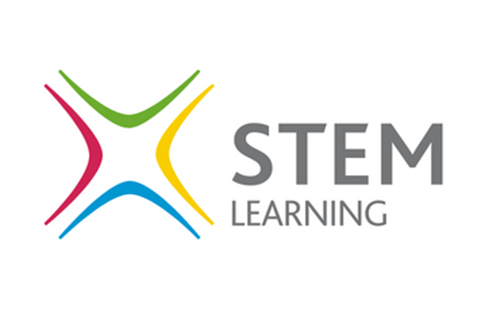Linking curriculum learning to careers
Gatsby Benchmark 4
All teachers should link curriculum learning with careers. For example, STEM subject teachers should highlight the relevance of STEM subjects for a wide range of future career paths.
By the age of 14, every pupil should have had the opportunity to learn how the different STEM subjects help people to gain entry to, and be more effective workers within, a wide range of careers.
( From Good Career Guidance website Linking curriculum learning to careers | Gatsby)
Linking curriculum to careers holds great value in engaging students, and research shows that it has a positive impact on attainment and attendance as well as higher educational outcomes.
Ideally, there should be a strategic approach to embedding careers education in the curriculum, with subject teachers feeling supported, having adequate resources, and understanding of relevance. This can be achieved with staff training, good links with employers and support from the careers lead and senior leadership team.
Engaging with employers for this benchmark can be very advantageous. Employer talks in lesson time that can be linked to a subject are a great way to embed careers learning into a lesson. There may also be an opportunity to embed industry focused learning into a work stream highlighting how the subject lends itself to a particular role or process. Industry visits or activities are another way to highlight the link between subject content and its application in the world of work. Contact your Enterprise Advisor or partnership to gain further support of local industry initiatives and invite local industries to discuss how they might like to get involved. Engaging with local businesses offers a relatable opportunity for students to explore the education/employment link.
The Stoke and Staffordshire Careers Hub is currently developing and rolling out the implementation of a BM4 Framework that connects schools and businesses together to build a careers curriculum that escalates and embeds employers at the heart of learning, builds business branding and ensures young people are able to apply their classroom learning as part of their future decision making at key transition points.
Further reading and resources can be found here:
Gatsby benchmark 4
All teachers should link curriculum learning with careers. For example, STEM subject teachers should highlight the relevance of STEM subjects for a wide range of future career paths.



